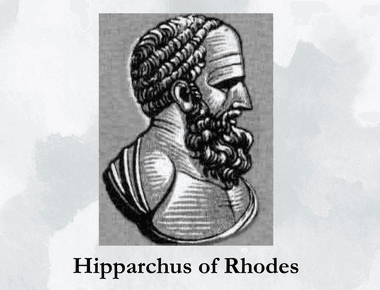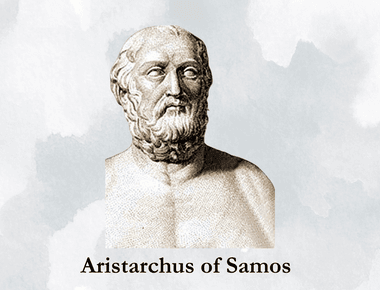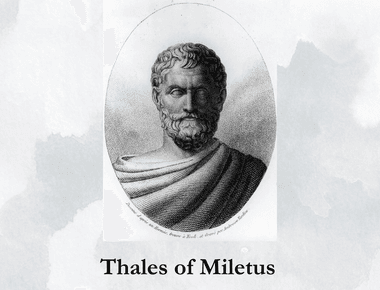
Ptolemy of Alexandria: The Great Astronomer of Alexandria

Claudius Ptolemaeus, famously referred to as Ptolemy, is a Greco-Egyptian astronomer who lived in Alexandria during the Hellenistic period. His work on philosophy, Astronomy, Mathematics, and Geography greatly influenced Renaissance Europe which shaped the modern world. The cosmological expedition of this great scholar ended up inheriting the Almagest, Geocentric models, star catalogues and many more for the generations to come.
Early Life and Background
Ptolemy’s birthplace is uncertain, but it is widely believed that he was born in Alexandria around 100 AD. Historic records don’t provide sufficient details about the identities of his parents and the early life he spent. Theon of Smyrna is considered as the mentor of Ptolemy who latter contributed in the creation of the Almagest.
Ptolemy’s geocentric model
Planetary model of Ptolemy positioned Earth at the centre of the universe. According to this geocentric model, the Earth remains immobile as the centre of the universe while all the celestial bodies revolve around it in circular orbits. His model was used to explain planetary behaviour, including retrograde motion, by introducing the concept of epicycles and various aspects of it.

Ptolemy’s geocentric model had the moon as the nearest object to the Earth. The moon is followed by Mercury, Venus, the sun, Mars, Jupiter and Saturn respectively. The stars are located in an outermost shell that surrounds the rest of the system.
Medieval science was dominated by this model due to its acceptance by most ancient worshippers. At the time, the most prevalent religions prevented any uprising ideas that could challenge this theory. Therefore this theory remained unchallenged until the Renaissance. Later, the far more acceptable Heliocentric model introduced by Nicholas Copernicus shifted the understanding of the universe from geocentric to heliocentric, thus known as the Copernican Revolution.
Almagest and star catalogues
The greatest academic achievement of Ptolemy was the creation of the Almagest. This book, which was completed around 150 AD, is still considered one of the most comprehensive and influential works in the history of astronomy. Almagest is a Greek word that translates to The Great Mathematical Compilation.
The Almagest consists of 13 books that cover different aspects of Astronomy. Books 1-6 covers the observational and mathematical tools necessary for astronomical calculations such as trigonometry, Spherical geometry, etc. books 7-13 explains methods of mathematical modelling of celestial phenomena and planetary motions. All calculations carried out accordingly are based on the geocentric universe.
The Almagest includes a star catalog created by Ptolemy himself. These stars were organized into 48 constellations, and 47 of them remain up-to-date. And the massive Argo Navis constellation was broken down into three contemporary constellations: Puppis, Carina, and Vela by the IAU( International Astronomical Union) Western astronomers relied on the Almagest as their primary reference until the Copernican revolution. The use of almagest eventually faded since the renaissance.
The Legacy and Impact
Ptolemy drew the lines between beliefs and science creating a strong foundation for future astronomers and scholars. His contributions extended beyond astronomy to fields such as geography, mathematics, and philosophy, with the creation of a world map being one example. Europe was dominated by the majority of his findings for over 1000 years. Although most of his major theories have been surpassed, Ptolemy is still regarded as one of the greatest astronomers to ever exist.
Share
Related Posts



